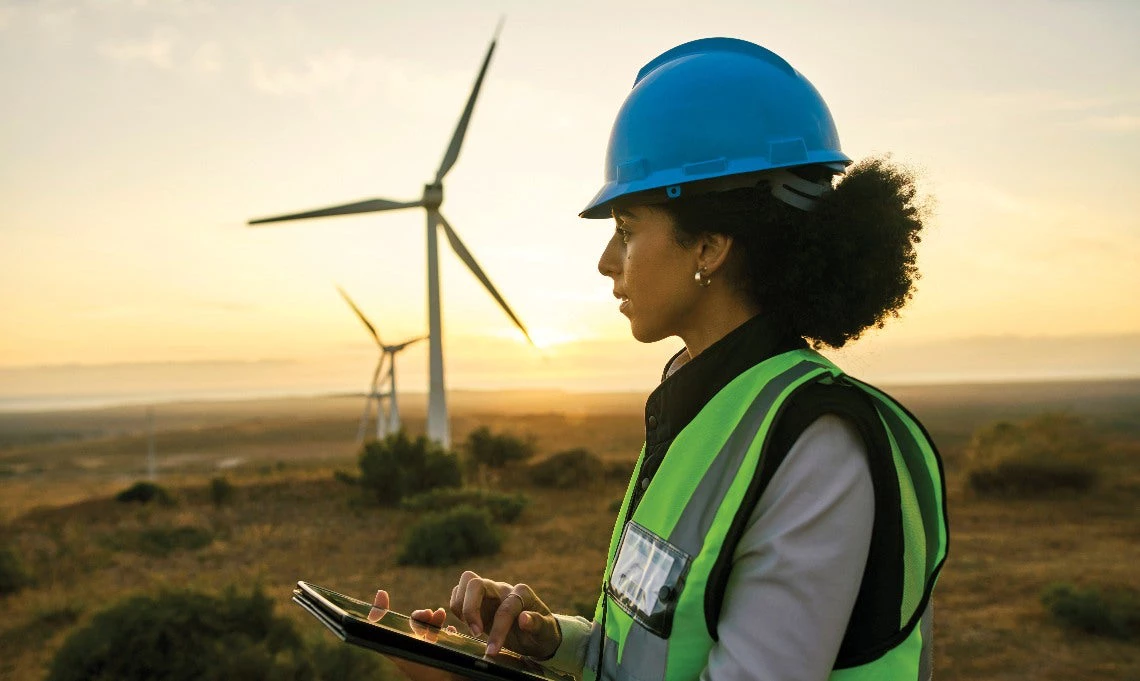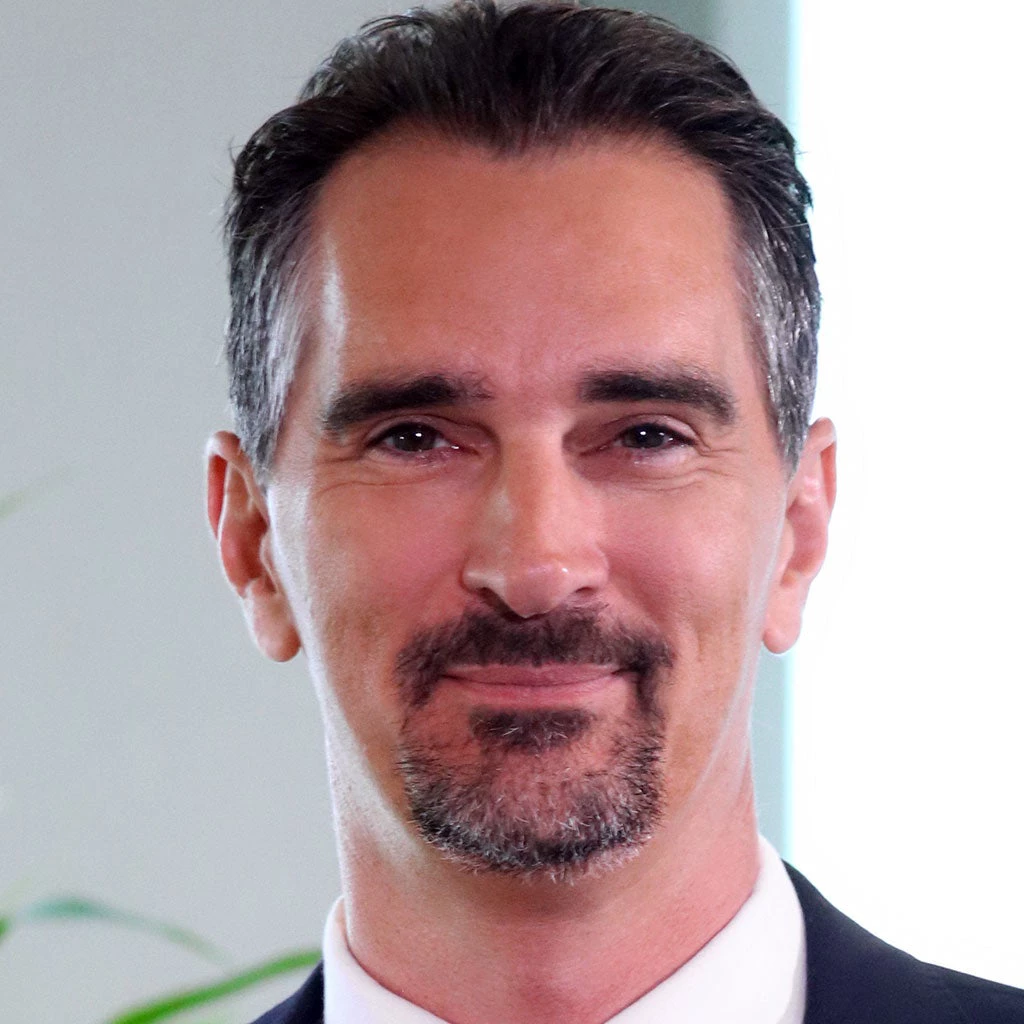 Investing in human capital can build resilience and help find solutions to climate change. Copyright: Pixdeluxe/istockphoto.com.
Investing in human capital can build resilience and help find solutions to climate change. Copyright: Pixdeluxe/istockphoto.com.
While based in Colombia last year, I saw the stark reality of climate change. At my house off the road that winds up the mountain from Bogota, the chilly nights made global warming seem like a distant danger. That was until we were hit by several days of relentless rain. Water poured from the skies, saturating the soil until hillsides collapsed and a river of wet earth and rock flowed down the highway. The mudslides killed two people, left 46 families homeless, and cut the town off from Bogota for a week. Although it is difficult to attribute a particular event like this to climate change, we know that a hotter planet makes extreme weather more frequent.
This disaster gave me a first-hand glimpse of how the climate crisis threatens human capital. It also helped me understand how investments in people are core to the climate efforts that the World Bank committed to funding at the climate conference in Dubai. Our recent publication, How to Protect, Build, and Use Human Capital to Address Climate Change delves into these issues. Earlier this year, we also brought together experts including Esther Duflo and Andrew Steer to discuss investing in human capital for a greener future.
Simply put, rising temperatures are killing people. By our new estimates, a warmer climate could lead to at least 21 million additional deaths by 2050 from extreme heat, stunting, diarrhea, malaria, and dengue. Another recent study by leading experts projects that if we fail to cut emissions, by the end of the century increased deaths due to climate change will outpace current mortality from all infectious diseases combined.
The landslides in my neighborhood had impacts on human capital beyond loss of life. With the roads blocked by rocks and mud, schools were closed for two weeks, setting back learning for students trying to recover from the COVID learning shock. And I could see just in my own circle of friends how the experience taxed our mental health, matching the research finding that “traumatic experiences due to extreme weather events increase the risk of affective and anxiety disorders.” (On a related note, the Bank has just announced a new climate and health initiative.)
The tragedy also reminded me how investments in human capital build resilience to climate change. Research suggests that after a disaster, people with skills and education can bounce back more quickly. Colombia also provides money to less well-off families, to encourage them to keep children well-nourished and in school. The World Bank has been working with the government to make these cash transfers better able to respond to disasters, as part of what we call “adaptive social protection.”
Apart from enhancing resilience, human capital is fueling the solutions to climate change. Teaching children about the environment both shapes the behavior of the upcoming generation and affects their parents' attitudes. Extending education enhances support for pro-climate beliefs, actions, and policy choices. And it’s the knowhow—of engineers who design renewable energy systems, of chemists who develop new sustainable plants, and of urban planners working to protect cities from extreme weather— that gives us the tools to build a livable planet.
For both Colombia and for the planet as whole, as the podcast I created with the help of artificial intelligence put it – investing in human capital is not just an economic strategy, it's a climate strategy. Because our greatest resource in the fight against climate change is us.
To receive weekly articles, sign-up here


Join the Conversation